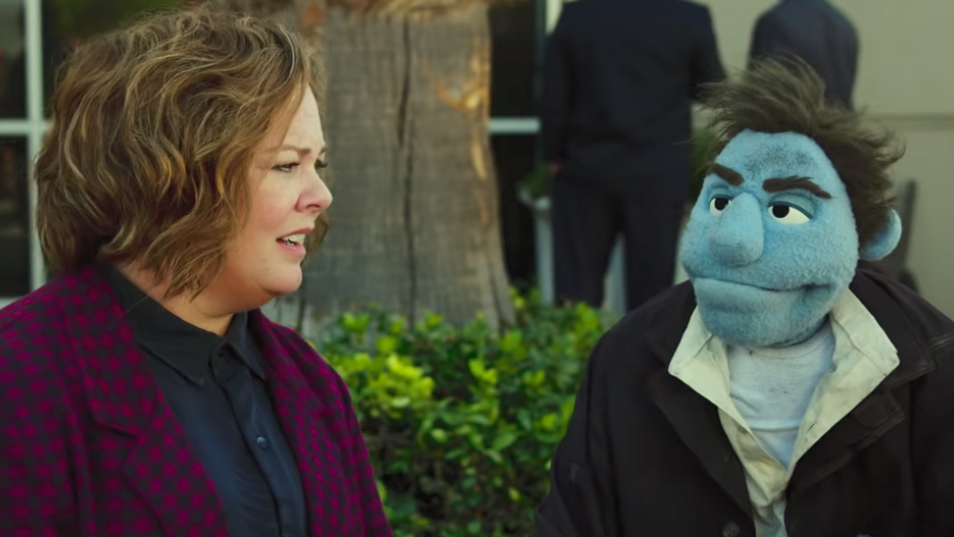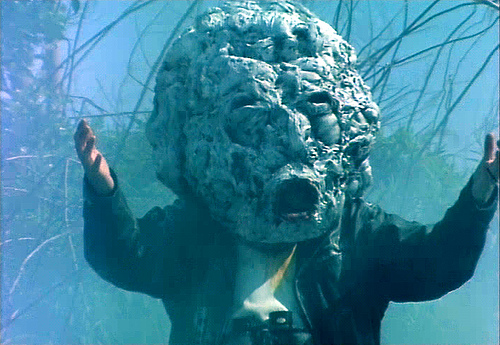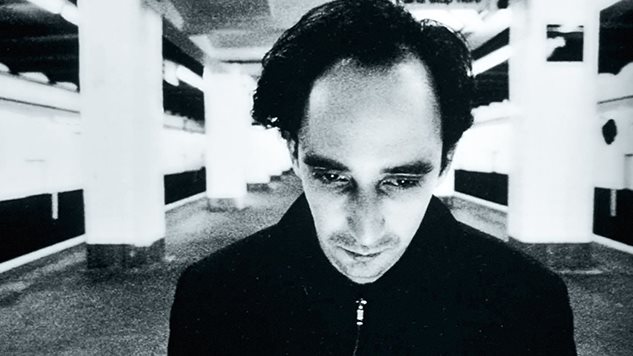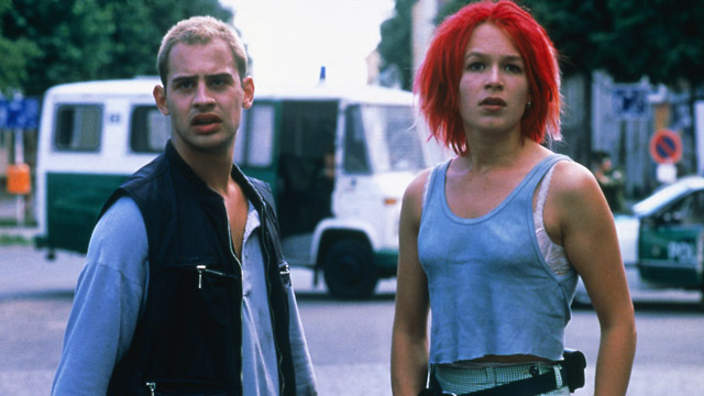
Every movie, to some extent, tries. Effort is fundamental to any worthwhile or meaningful art. Most of the worst films ever made are the ones that just truly didn’t try. Then there the films that tried just a little too hard. The ones that got a little too excited. The ones that bit off a little more than they could chew.
One of the most common ways this happens is when a movie tries to be “cool.” Coolness has become a common flavor of contemporary cinema; as vague as the word is, scores of well-meaning films of the 21st century want nothing more than to be considered “cool” or “edgy.” Some succeed. But many got a little carried away with the “cool” factor, completely ruining the product. This list focuses on movies that tried too hard to be cool.
1. The Happytime Murders (2018)

The Happytime Murders is one of the most notorious films of 2018 in terms of how ridiculous its premise was: a typical raunchy Melissa McCarthy comedy fare, but with puppets. Somewhere deep down, there might be a good movie to be made out of The Happytime Murders, but it’s no secret that Happytime Murders is a failure of a film from just about every angle.
Using a childish motif like puppets in an adult context is not a new idea. Films often repurpose innocent visuals in a more sinister light for an increased edge or coolness. But the presence of this subversion in and of itself isn’t enough to carry a film. The sad reality The Happytime Murders has to face is that watching puppets say bad words isn’t exactly funny. It could be funny, when backed by witty writing, deliberate storytelling, or even a level of irreverence and trashiness present in films like Peter Jackson’s Meet the Feebles (1989).
But The Happytime Murders just hits this incredibly awkward middle ground. It wants despretedley to be seen as an edgy, over-the-top comedy with a creative premise and worldbuilding, while also attempting to be an accessible crowd-pleaser in the vein of McCarthy’s past work. In execution, the film is a mind-numbingly stupid and a total insult to the audience’s intelligence. Watching puppets ejaculate is not funny or cool.
2. Peppermint (2018)

Starring the usually competent Jennifer Garner, Peppermint is a film that takes itself so incredibly seriously, and tries so incredibly hard, that there’s something almost admirable about it. This is the only film on this list that reaches so-bad-it’s-good territory for its sorely misguided attempt at being “cool.”
The film looks, feels, and plays like an extended NCIS episode, or a 103-minute long preview for a failed TNT show. As a suburban mother turned vigilante executioner after her husband and child are gunned down by, wait for it, the drug cartel, Garner plays her character with a straight face – as if she were part of some bigger, noble movement in DIY violence. Least to say, the film’s moral compass feels a bit skewed.
Why did Jennifer Garner accept the role? How did her character get so good at shooting people? Why is every villain in the film a face-tatted Hispanic man, and who signed off on that casting choice? Is this a literal call to arms for white suburban mothers of America? Who’s to say. Peppermint tries to be and say something, and it really, really fails.
3. 964 Pinocchio (1991)

964 Pinocchio is one of the more notable films to come out of the Japanese cyberpunk film movement of the ‘80s and ‘90s, hosting cult classics like Death Powder (1986), Shinya Tsukamoto’s Tetsuo series, and the works of directors like Gakuryuu Ishii. The director of 964 Pinnochio, Shozin Fukui, was himself a major maverick and pioneer of the movement. In spite of his overall influence on cyberpunk, 964 Pinnochio is an incredibly overbearing and rather unnecessary film.
“Coolness” is a typical driving factor of left-field cyberpunk media from this era, whether accomplished through unconventional special effects, industrial soundtracks, frantic camera work, or sexually subversive imagery. But 964 Pinnochio overextends itself to appear edgy and countercultural in this way.
The plot is inconsequential and the majority of the film is just drab and aimless, focusing on a couple of degenerates, a homeless girl named Himiko and a memory-wiped sex slave cyborg. The duo wanders around urban Japan, spazzing out and just acting generally unpleasant in public places. Queue the notorious scene of Himiko vomiting for five minutes straight near a subway. If five minutes of uninterrupted vomiting isn’t trying too hard, what is?
The film’s apparent low-budget roots are admirable, but not enough to pardon its clear shortcomings, especially considering how fantastic like-minded films that operate on similarly limited resources are, a la Tetsuo the Iron Man (1989). 964 Pinnochio has all the right aesthetics of a cyberpunk film at its disposal, but none of the heart, energy, or creativity to prove a worthwhile feat. Unless you enjoy watching people scream, hurl, drool, and chew with their mouths open for an hour and a half, steer clear of 964 Pinnochio.
4. Pi (1998)

As much as Darren Aronofsky has contributed to cinema over the 21st century, the man has undoubtedly found himself at the punchline of countless jokes about “art film,” especially once people began to pick up on his formula: person goes crazy (or do they?), the camera is super shaky, character looks at themselves in the mirror and freaks out, it’s all a metaphor, etc. This formula is laid out plain as day in his feature-length debut Pi (1998).
Like 964 Pinnochio, Pi has all the aesthetics of a grimy, kinetic sci-fi pyscho-thriller but with none of the heart to back. The performances also feel a bit clunky and awkward for such a claustrophobic, introspective character study. Pi feels like a film put together by film students in a burst of creative energy after someone watched Tetsuo: The Iron Man (1989) for the first time. It is nowhere near as good as the films it imitates, but it tries its best. Even if there’s a great movie buried somewhere in Pi, the final product feels incredibly underdeveloped.
5. Run Lola Run (1998)

Undoubtedly, Run Lola Run broke major ground formally. Few narrative films before had combined such kinetic camerawork with such hyper-stylized, music-video-esque editing techniques. It would be foolish to diminish the film’s impact on contemporary film language. That said, the film hasn’t quite stood the test of time as a standalone work.
Ultimately, Run Lola Run feels more like an assault to the senses than a cohesive or meaningful narrative work. The extreme aesthetic of the film ultimately feels dissonant and chaotic, a collage of impressive visual ideas that, in moderation, could be interesting, but in combination are more headache-inducing and often frustrating. The attempted cool factor and style of the film is really its primary drive; when you strip back of the layers of flashy packaging, the narrative at core feels a little silly, especially in its understanding of the butterfly effect and time mechanics.
All of Lola’s iconic encounters with pedestrians and the hypothetical flash-forward montages of their future that result are total nonsequiturs based on her interactions with them. The film feels more self-satisfied with introducing the idea of the butterfly effect than it does portraying this cause-and-effect relationship in a reasonable or thought-provoking way. Again, the importance of Run Lola Run as a landmark in cinematic language conventions should not be ignored, but by today’s standards, the film is transparently preoccupied with form over content.